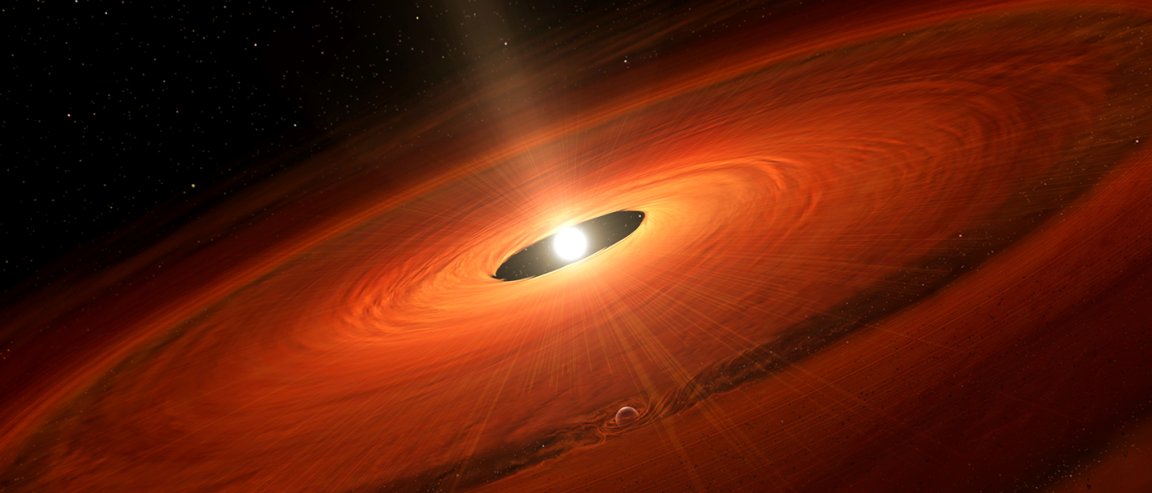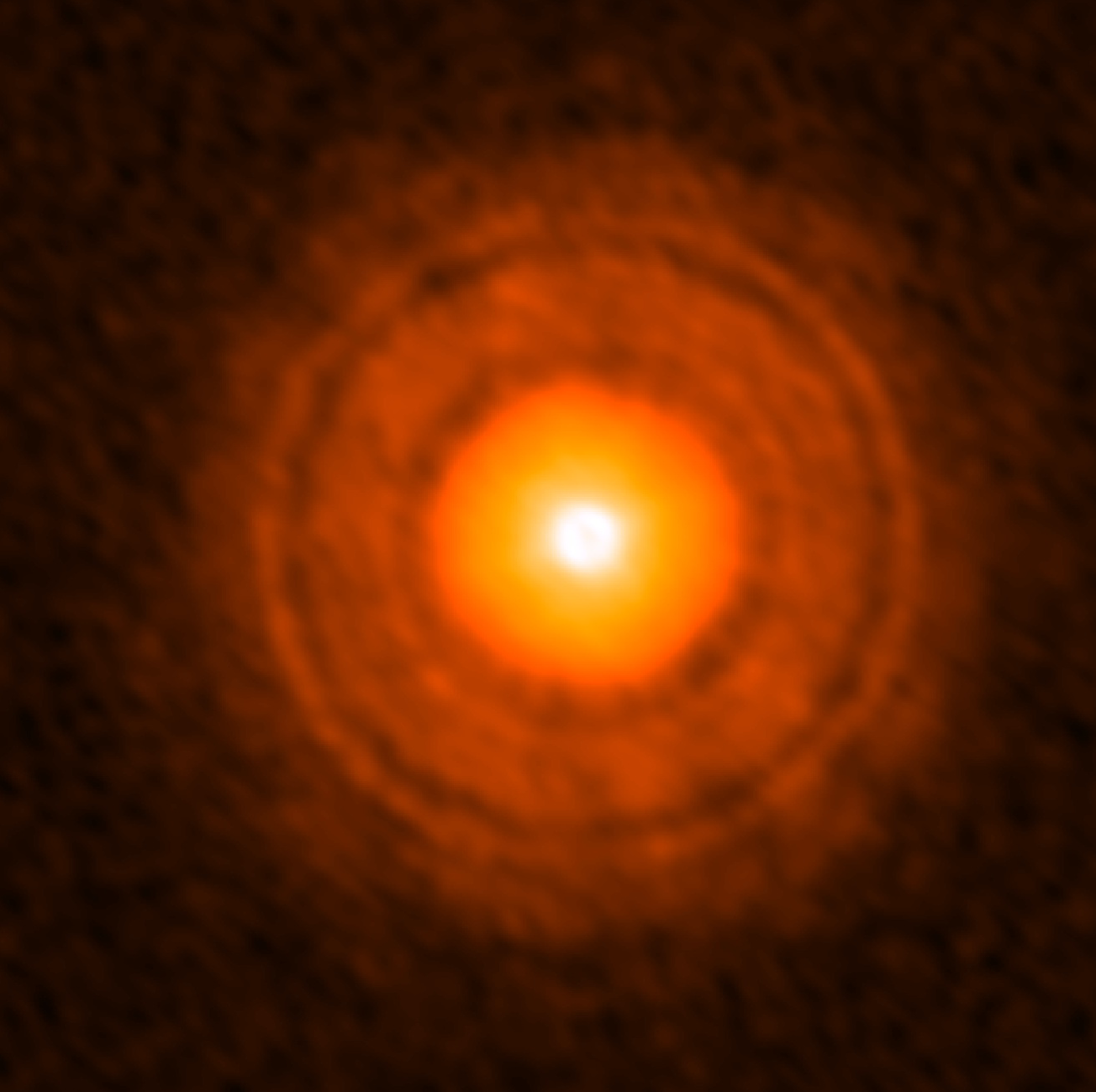
Never before seen
A curious phenomenon might be occurring in TW Hydra, one our solar system’s closest neighboring stars. Using the Atacama Large Millimeter/submillimeter Array (ALMA), Japanese researchers have been closely monitoring the possible birth of a giant icy gas planet.
Previous studies showed TW Hydra is surrounded by a disk made of tiny dust particles. This has been thought to be the site of planet formation, an observation made more plausible by recent ALMA sightings of multiple gaps in the disk. Using two different radio frequencies to further observe the phenomenon, researchers saw that smaller micro dust particles were prevalent in the gap, while larger dust particles were absent in the more prominent gap.

The placement of the smaller and larger dust particles is created by gravitational interaction friction between gas and dust particles, with the larger dust particles being pushed out of the gap, indicating planet formation.
These theoretical assumptions are confirmed by the latest findings, which were accepted for publication by the Astrophysical Journal Letters.
An exclusive glimpse of the origin of planets
“Combined with the orbit size and the brightness of TW Hydrae, the planet would be an icy giant planet like Neptune,” says Takashi Tsukagoshi, head of the research team at Ibaraki University, Japan. For the researchers, 10-million year-old TW Hydra was the most obvious spot to locate and observe such phenomenon, given the star’s proximity to us and its axis points roughly facing the Earth.
With these current findings, the researchers are intent to figure out just exactly how massive this new planet could be, and how much of it is gas. The next step is to check the polarization of the radio waves, as these can better estimate the size of the dust grains.
Technology brought by ALMA has allowed us to observe a previously inaccessible phenomenon. Such is the story of technological advancements. What we could not previously explain becomes a bit clearer — like the formation of planets.
Although there’s still no explanation as to how planets became diverse, we may now have a glimpse of how icy giant planets formed. This could lead to a better understanding of our solar system’s own icy giants, Uranus and Neptune.